Wednesday, September 2. We put the lakes behind us as we headed once more to drive along the Croatia seacoast.
We paused at a restaurant on the Adriatic for a coffee break. The restaurant had a terrace looking out over the ocean with a stairway leading to the sea. The water was clear and an azure blue, looking inviting and already drawing bathers from the nearby B&B. We continued on.
Our stop in Opatija on the Istrian Peninsula would be our last stop in Croatia. It is a lovely coastal town with a distinct Austrian flavor. In the late 19th century a southern railroad connected it with Vienna, making it a vacation spot for Austrian nobility and the Imperial family. The town lost its prestige after World War II and was only revived in the 1960’s. We walked along the shore in our first drizzly day of the trip trying to get a sense of the city. We were able to stop in an abbey church dedicated to St. James (the abbey after which the town is named – Opatija means abbey) and walked through a seaside park with a statue of a maiden with a seagull. Originally a Madonna was where the maiden now stands, taken down during the communist regime.

Replica of the Madonna that occupied the place where the statue of the maiden with a seagull (above) now stands.
Shortly after leaving Opatija we crossed into not only Slovenia but the European Union. We proceeded to our last stop of the day, the Postojna Caves. It is a 24,000 meter long cave system, luckily we only toured a 4 kilometer stretch, including two train rides. The temperature is constantly at 50 degrees, meaning coats were recommended. The caves were dramatically lit and interesting to look at, but the tour went on a bit long (1.5 hours). Several photos are in this post but it was difficult to do them justice. Here is a video of the cave railway.
After the caves we came to Bled and to our hotel on Lake Bled. Lake Bled is a glacial lake. We were excited that our rooms overlooks the lake, the castle and the Julian Alps.






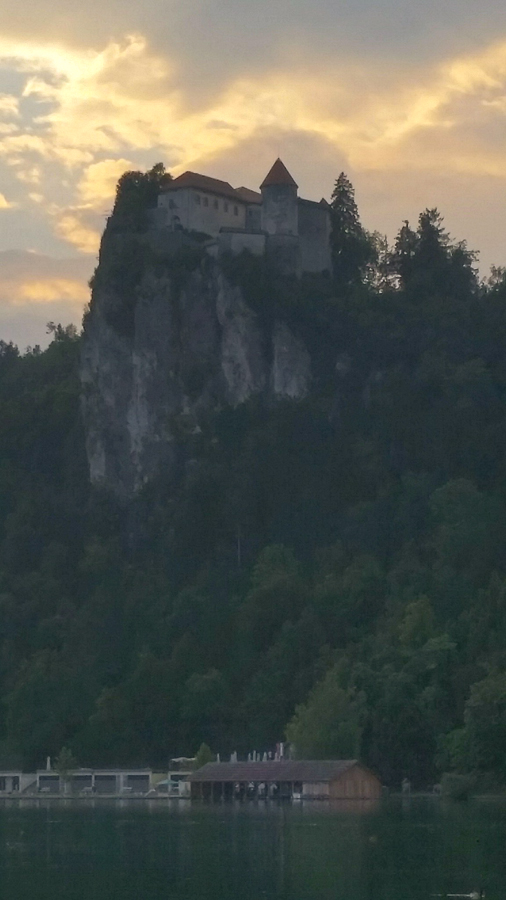
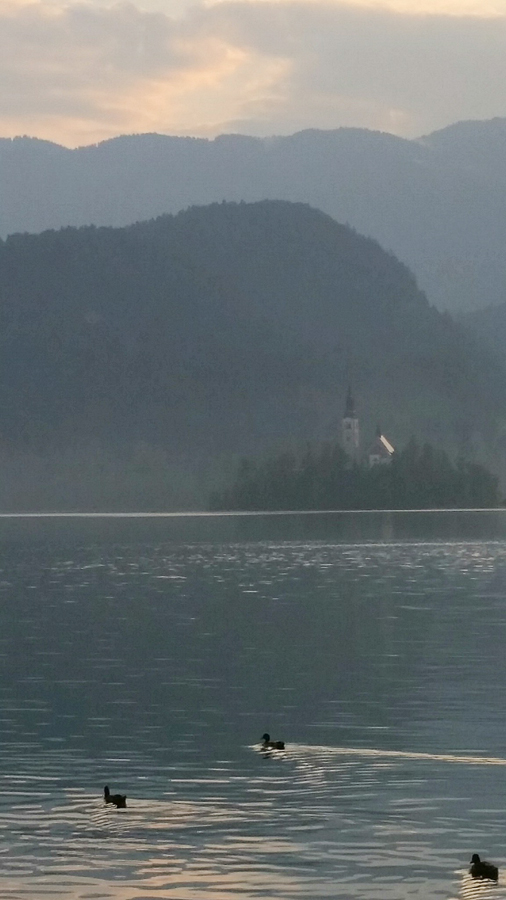
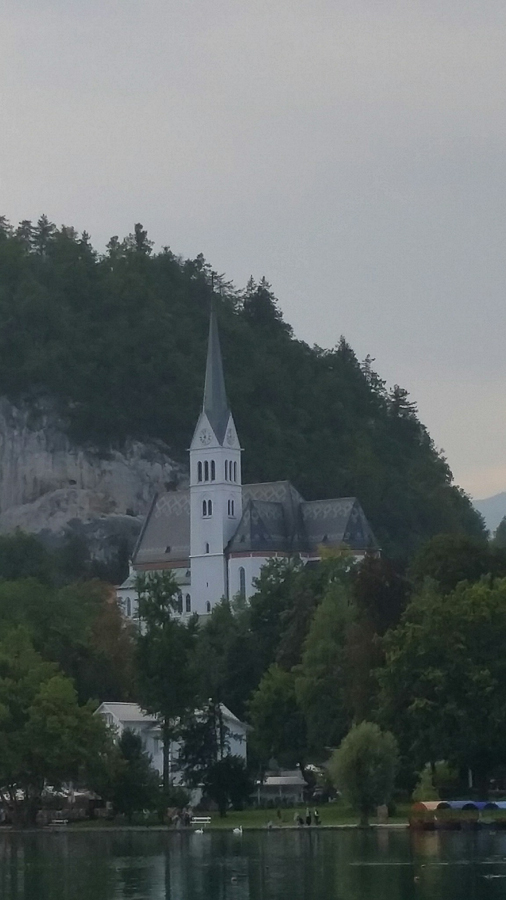


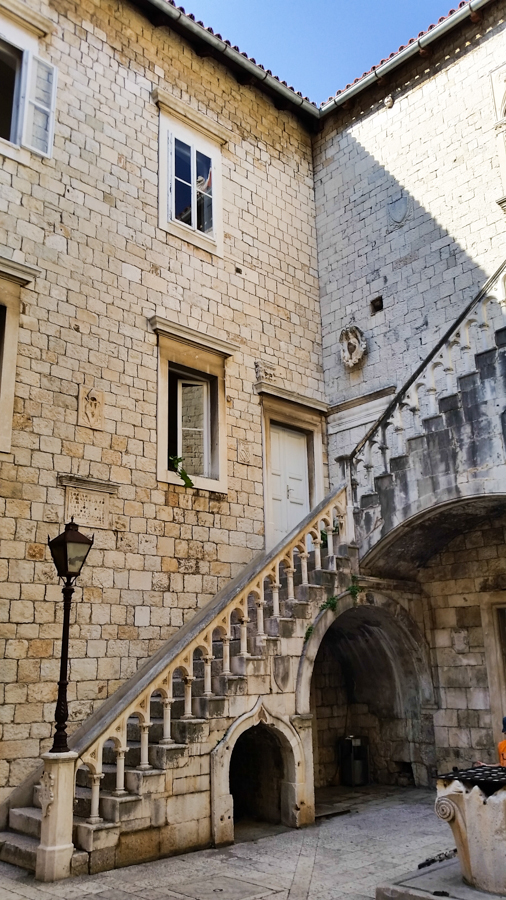







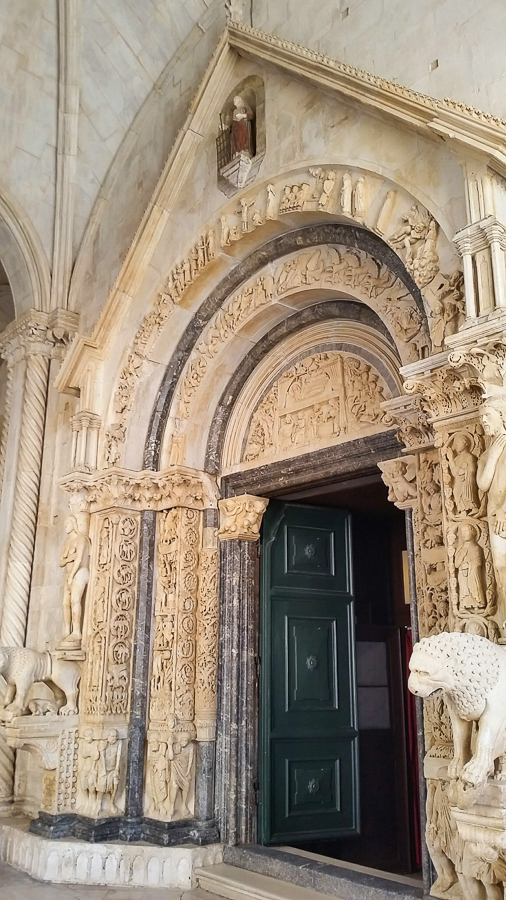


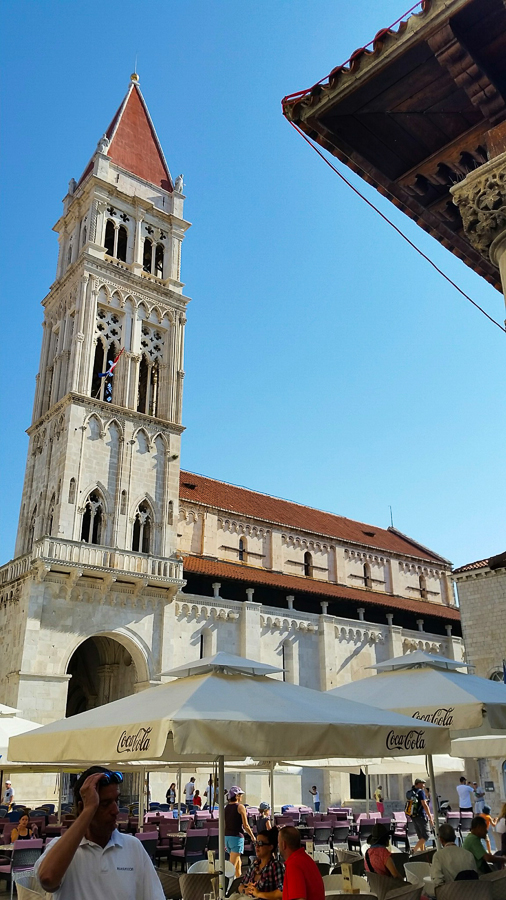




















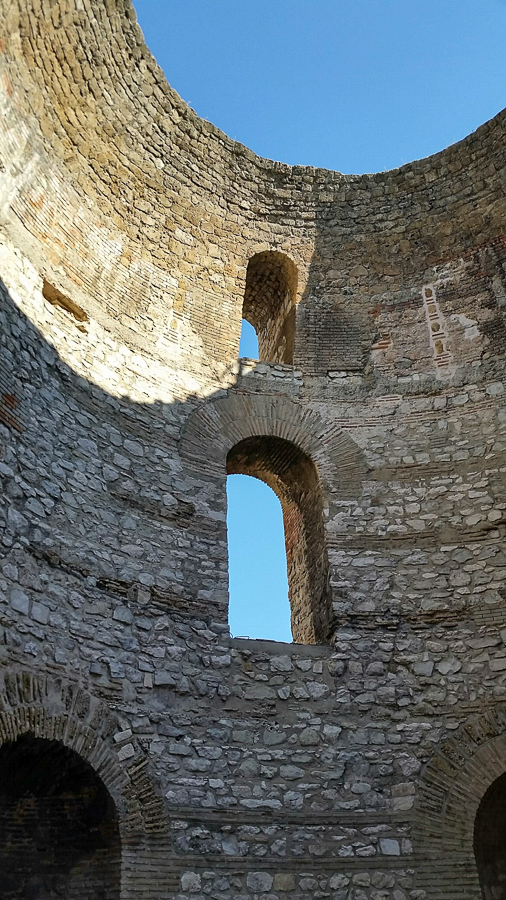











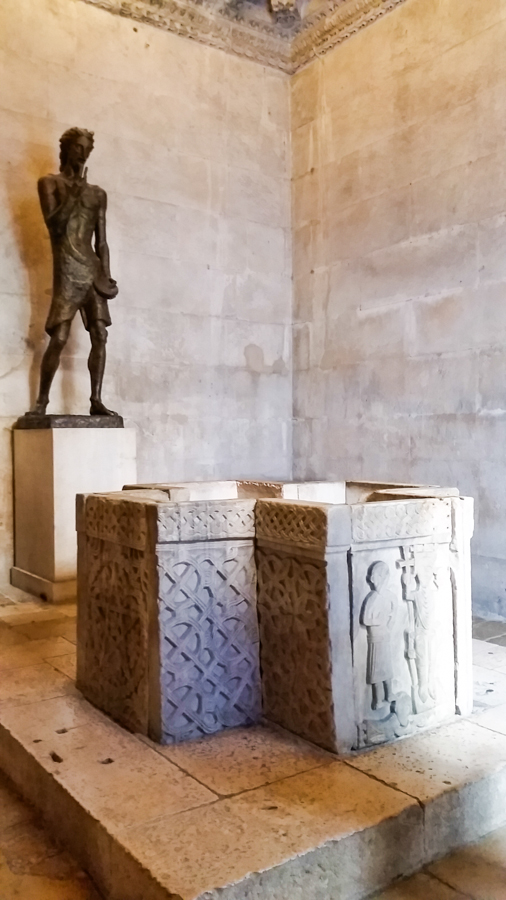



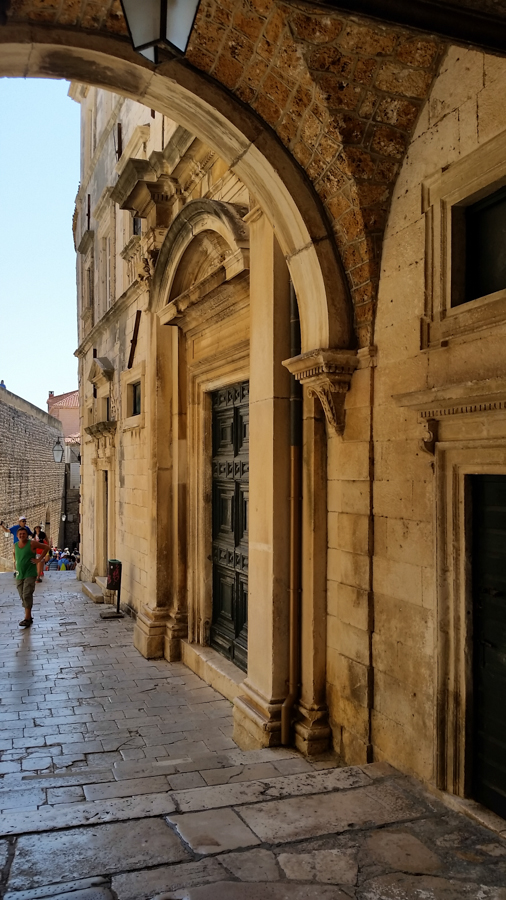



























You must be logged in to post a comment.